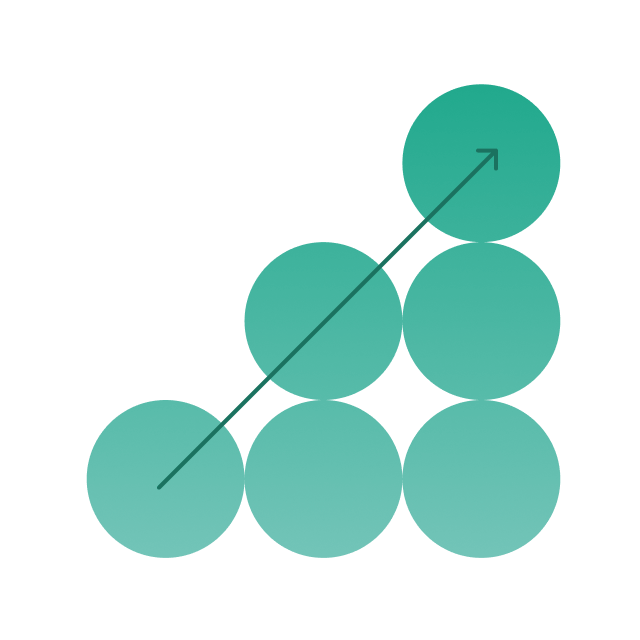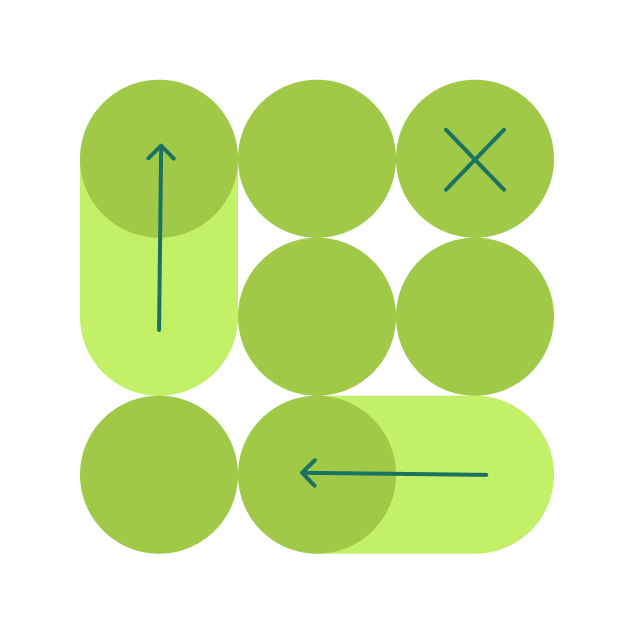
Electrical & Lighting Equipment
Higher throughput with an automation‑ready layout
Logio designed the concept and inner layout of a new expedition warehouse for Donoci’s Svět svítidel, selecting technologies and defining workstation processes.

Outcome
The warehouse was embedded into the existing site, connected with other storage areas, and equipped with conveyor systems to automate the flow from preparation to expedition.
Approximately
-0% packing time per order
Up to
0 items shipped per day
About Donoci
Donoci s.r.o. (since April 30, 2025 rebranded to Alasans s.r.o.) operates Svět svítidel, the largest lighting e‑shop in the Czech Republic and a major European online player. The company serves customers across Europe from its logistics hub in Blansko.
~300 employees
Operations in 27 European countries
5,000,000+ orders processed
Initial challenge
The business was growing and needed a new expedition warehouse that would fit into the existing area and connect smoothly with other storage facilities.

Project goal
Create an efficient, automation‑ready design with clear processes and the right technologies to maximize productivity and speed.

Solution
Designing an automation‑ready expedition warehouse
Logio created the concept and inner layout of a new expedition warehouse within Donoci’s existing site. We defined conveyor‑based material flow, selected logistics technologies, and set clear workstation processes to automate the path from preparation to expedition.

Solutions implemented
Process Mapping & Analysis
Automated & Efficient Warehousing
Intralogistics & Material Flow

Impact
A faster expedition process with automation and clear workflows
Faster packing
Packing time per order reduced by 70 %, improving service speed.
Automated flow
Conveyor systems automate movement from preparation to expedition.
Higher potential throughput
Layout enables very high daily shipping capacity as stated.
Campus integration
New warehouse connected to existing storage areas for smoother operations.
Productivity uplift
Processes and layout designed to maximize labor productivity.
Design a warehouse that scales with your growth
If your e‑commerce throughput is constrained by layout or manual steps, we can design an automation‑ready warehouse and define clear processes for speed and reliability. Let’s talk.
We tackled many supply chain challenges
Production planning optimization for Thermo King
Logio mapped and redesigned Thermo King’s production planning and material ordering processes, implemented changes in the information system and reporting, and set a clear action plan. This enables lower inventories, shorter lead times, and less workload for planners.
Improved efficiency of production planning
Reduced inventory levels in production supply
Shorter production lead times and smoother material flow
Inventory optimization for Traficon’s retail network
Traficon centralised inventory management with Veritico Stock across its nationwide network. Availability of top‑selling items increased while the share of dead stock was significantly reduced.
+11 pp share of A‑category items in total inventory
−13 pp share of D‑category items in total inventory